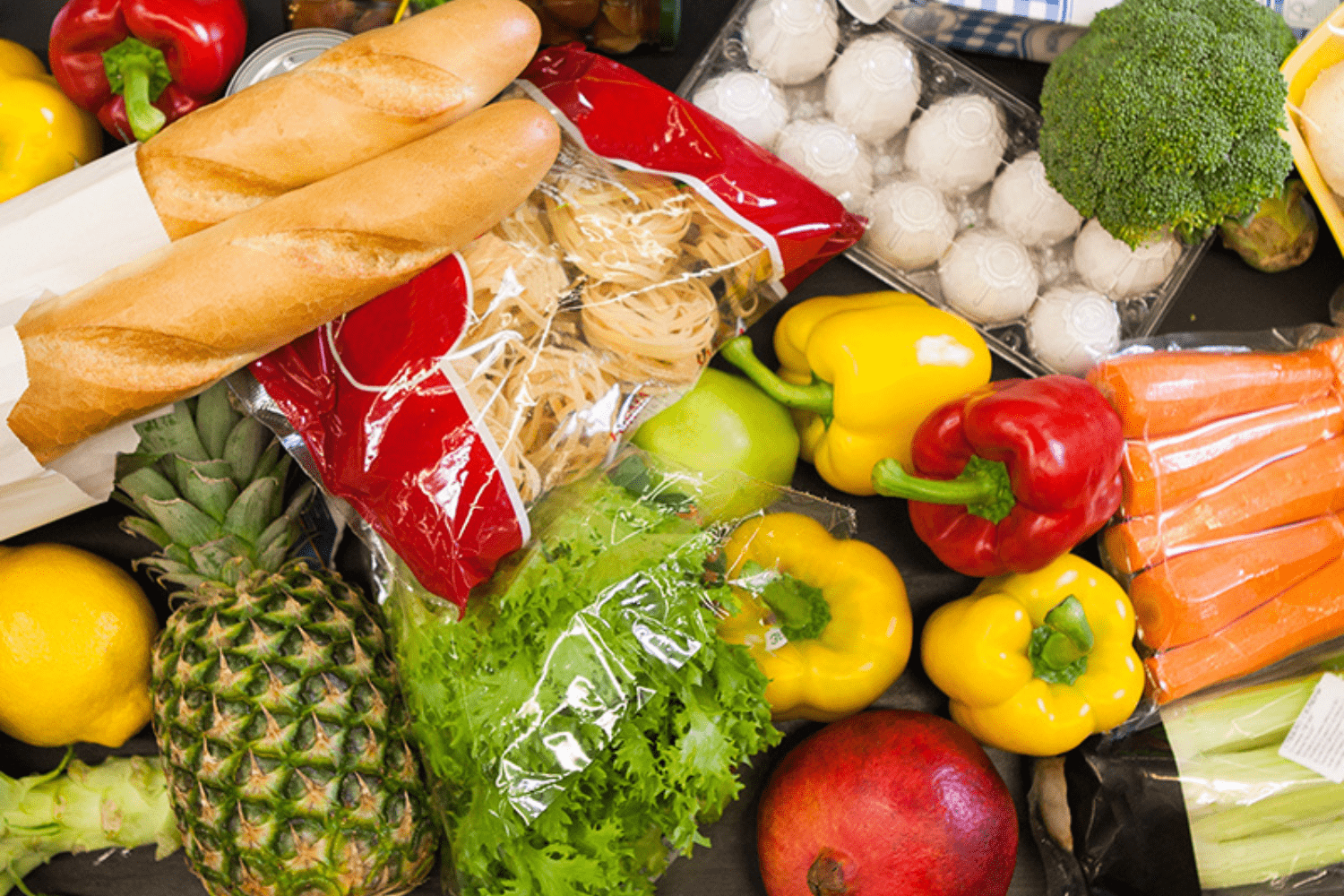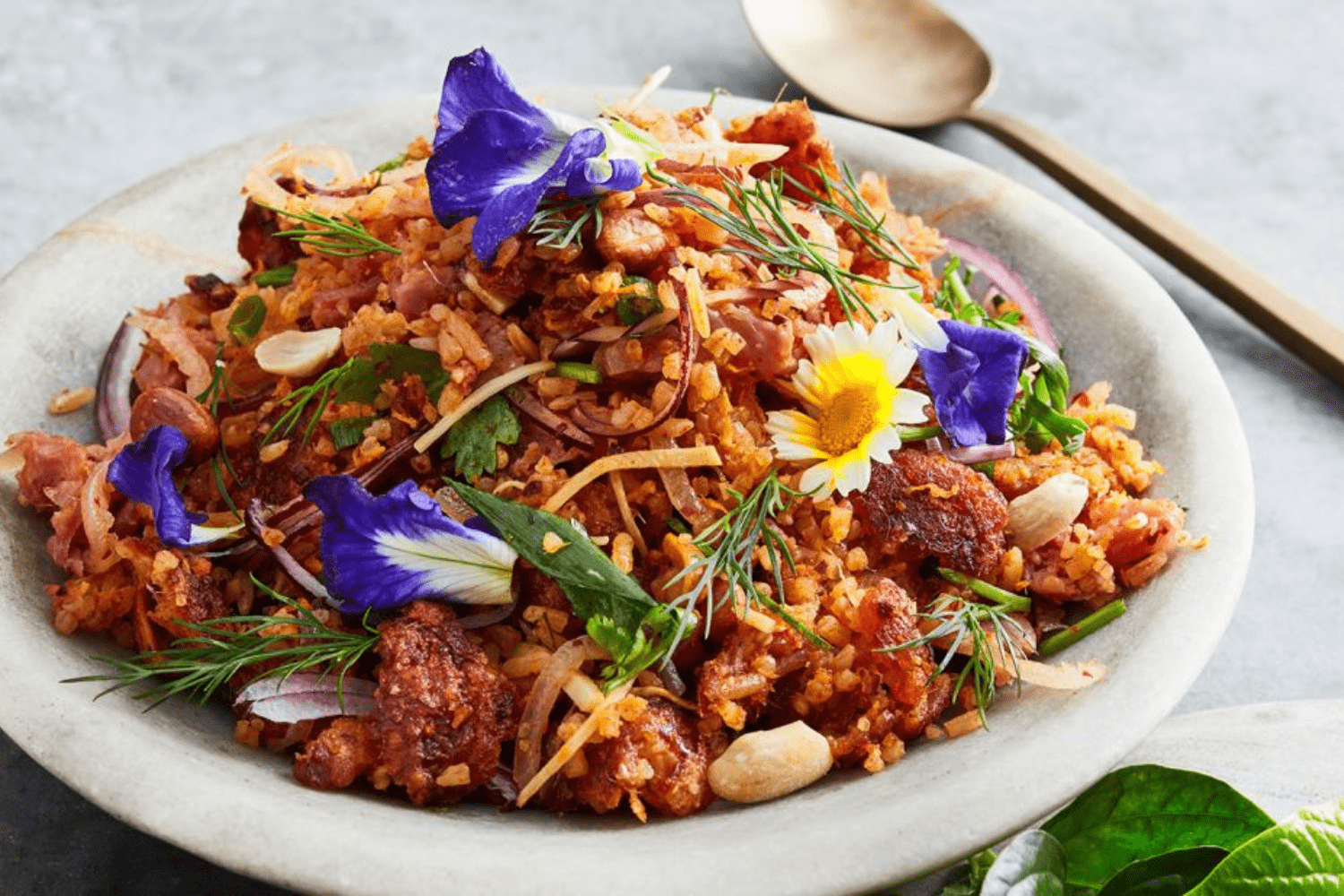Exploring Flavors: Europe vs. Asia – A Culinary Guide
Are you also stuck in the debate of Europe vs Asia? Which one has the more mouthwatering delicacies and delicious cuisine? Let us dive into the discussion and see how you can come to a conclusion about this!
Food is something that people really debate! They want something unique and flavoring for them. Also, tasting different things is one of the best parts of traveling, you get to explore many of the foods that you don’t even know about!
Also, with new foods come new customs which you would get to know! So, why wait? Know more about the things you love to eat and some novel cuisines as well.
We also talked about France vs Italy, where we learned more about culinary experiences and much more.
Historical Context: Europe Vs Asia
To appreciate the essence of European and Asian cuisines, it is essential to get to know their historical roots. Europe, with its myriad of cultures, has been a melting pot of culinary influences. From the Mediterranean’s olive oil-infused dishes to the hearty stews of Northern Europe, the continent has drawn inspiration from its diverse landscapes.
Asia, on the other hand, showcases a vast array of culinary traditions, shaped by ancient civilizations and trade routes. Chinese, Indian, Japanese, and Thai cuisines are just a few examples of the rich tapestry that makes up Asian culinary heritage.
Whether you choose European or Asian food, you will definitely satisfy your taste buds with different flavors.
Suggested read: Himachal vs Uttarakhand
Diversity of Ingredients: Europe Vs Asia
One of the defining characteristics of both European and Asian cuisines is the diverse range of ingredients used. Europe’s culinary landscape features an abundance of cheeses, wines, and meats. The French are renowned for their delicate pastries and cheeses, the Italians for their pasta and olive oil, and the Spanish for their tapas and paella.
In contrast, Asian cuisine relies heavily on aromatic herbs, spices, and a variety of grains. Also, you might witness some variations in Beaches and mountains, here they differ and come in different tastes. From the complex spice blends of Indian curries to the umami-rich flavors of Japanese sushi, each Asian region brings a unique set of ingredients to the table. The use of rice, noodles, and an assortment of vegetables defines the foundation of many Asian dishes.
Cooking Techniques: Europe Vs Asia
The methods of preparing and cooking food vary significantly between Europe and Asia. European culinary traditions often emphasize meticulous techniques, with French cuisine, in particular, being celebrated for its precision and attention to detail. Techniques such as sautéing, roasting, and braising are commonly employed to bring out the flavors in European dishes.
Asia, on the other hand, boasts a wide range of cooking methods that span stir-frying, steaming, and deep-frying Woks, bamboo steamers, and tandoors are iconic tools in Asian kitchens. The emphasis on freshness and the art of balancing flavors distinguishes Asian cooking, with many dishes featuring a harmonious blend of sweet, sour, salty, and umami tastes.
While you are on a group or solo travel, there are many things that you get to experience! You might meet people in your group who know more about the local food, and traveling solo would help you by having more time to explore the places. But, enjoying different cultures through food is a must-do activity.
Signature Dishes:
No exploration of European and Asian cuisine would be complete without a spotlight on their signature dishes. In Europe, classics such as Italian pasta, French coq au vin, and Spanish paella are celebrated worldwide. These dishes often reflect the cultural history of the region, with each bite telling a story of tradition and craftsmanship.
In Asia, the diversity is staggering, with each country boasting its culinary gems. Chinese dim sum, Indian curry, Japanese sushi, and Thai tom yum soup are just a few examples of the continent’s culinary prowess. The use of exotic spices and seasonings distinguishes Asian dishes, offering a sensory adventure for those willing to embark on the journey. Europe or Asia food can let you have their own unique taste and have the ultimate enjoyment.
Street Food Culture: Europe vs Asia
One cannot discuss the culinary experiences of European or Asia food without knowing the vibrant street food cultures that define these continents. European cities like Paris, Rome, and Istanbul are renowned for their street markets offering a plethora of local delights. From French crepes to Turkish kebabs, these street foods provide an authentic taste of each region’s culinary identity.
Asia, however, takes street food to a whole new level. Night markets in cities like Bangkok, Tokyo, and Mumbai offer a sensory overload of sights and smells. Skewers of yakitori in Japan, steaming bowls of pho in Vietnam, and the eclectic array of Indian chaat are just a glimpse into the diverse street food scenes that make Asian cities a paradise for food enthusiasts.
Dining Culture And Social Aspect:
Beyond the flavors and ingredients, the dining culture and social aspect of meals also play a significant role in comparing European and Asian culinary experiences. European dining tends to be a leisurely affair, with meals often lasting for several courses and accompanied by fine wines. The emphasis on ambiance and conversation enhances the overall experience, making European dining a social event.
Asian dining, in contrast, can be more communal and fast-paced. Shared dishes, such as Chinese dim sum or Korean barbecue, encourage a sense of togetherness. Also, there are a lot of variations found in north and south India! While visiting, you would get tired of tasting the abundance of tastes available here. The importance of communal dining is deeply ingrained in Asian cultures, fostering connections and shared memories around the dining table.
Conclusion:
In the quest to determine whether Europe or Asia provides better food and culinary experiences, it becomes evident that both continents offer a treasure trove of flavors and traditions. Europe’s emphasis on meticulous techniques, rich ingredients, and signature dishes provides a culinary experience steeped in tradition. Meanwhile, Asia’s diverse array of ingredients, cooking methods, and street food culture offers a dynamic and sensory-rich journey for the palate.
Ultimately, the choice between European or Asian food for superior culinary experiences is subjective. It depends on individual preferences, ranging from the preference for the robust flavors of European classics to the adventurous spirit that comes with exploring the intricate tastes of Asian cuisine. In the end, the beauty lies in the appreciation of the unique stories that each continent’s culinary heritage tells through its food, creating a global tapestry of flavors that enriches our collective gastronomic experience.
Suggested read: Kashmir or Manali?
Frequently Asked Questions: (FAQ’s)
Can you find affordable street food in both Europe and Asia?
Certainly! Affordable street food is a delightful and ubiquitous experience that transcends continents, making it easily accessible in both Europe and Asia.
In Europe, bustling markets and charming street corners offer a diverse array of budget-friendly culinary delights, from savory crepes in Paris to hearty currywurst in Berlin.
Meanwhile, Asia’s vibrant street food scenes are legendary, with bustling night markets in Taiwan, vibrant street vendors in Bangkok, and noodle stalls in Tokyo providing an abundance of affordable and delicious options.
Which continent is better for a fine dining experience?
Comparing the fine dining experiences in Asia and Europe is akin to contrasting two distinct culinary universes, each with its unique flavors, traditions, and innovations. Europe, renowned for its rich gastronomic history and Michelin-starred establishments, offers a sophisticated and diverse range of culinary delights. From the classic French cuisine celebrated in Paris to the avant-garde creations emerging from Spain, Europe has long been a global epicenter for refined dining.
What are the main culinary differences between Asia and Europe?
The culinary landscapes of Asia and Europe are marked by distinct flavors, techniques, and ingredients, reflecting the rich cultural diversity of each region.
In Asia, the emphasis often lies on the harmonious balance of flavors, with a frequent incorporation of aromatic spices such as ginger, garlic, and various chili varieties. Rice is a staple in many Asian cuisines, accompanied by a diverse array of vegetables, seafood, and meats.
On the other hand, European cuisine tends to highlight the individual qualities of ingredients, with a reliance on herbs like thyme, rosemary, and basil for flavor enhancement. Wheat-based products, such as bread and pasta, are common staples, and dairy products play a prominent role in many European dishes.
Which continent is better for vegetarians or vegans?
Determining which continent is better for vegetarians or vegans depends on various factors, including cultural practices, availability of plant-based options, and individual preferences. Europe is often considered a favorable continent for vegetarians and vegans due to its widespread acceptance of plant-based diets, diverse culinary scenes, and the prevalence of vegetarian-friendly options in many countries.







